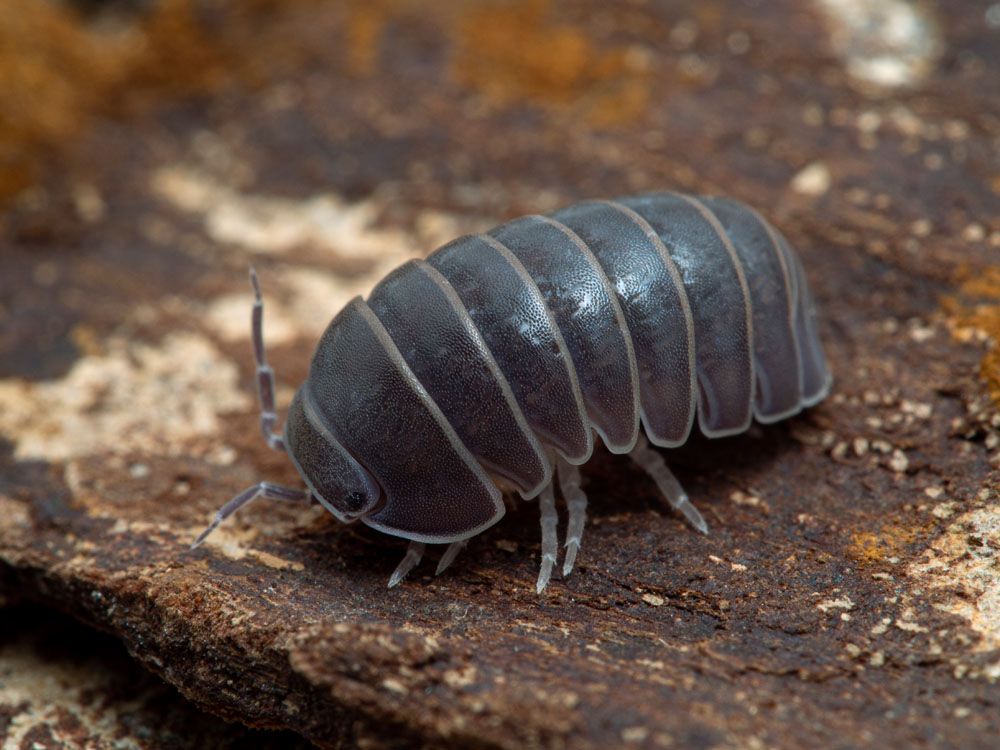
Pillbug – Armadillium vulgare
Pillbug (Armadillium Vulgare)
Latin Name: Armadillium Vulgare
Common Name: Pillbug, Sowbug, Wood Louse, Roly-Poly
Appearance:
- The adults of Armadillidium Vulgare (10–14 mm in length) were employed in this research. The emergence of white dots on its sternum marked the premolt stage .
- More than 30 animals were examined at each molting stage. The removed portions were rinsed for 1–2 seconds in triply distilled water before being dehydrated in anhydrous methanol for 1 minute.
- The samples were cleaned using filter paper to eliminate any soft tissue remains. The cuticles and sternal deposits were vacuum dried at room temperature for 24 hours before being kept at 20 °C.
